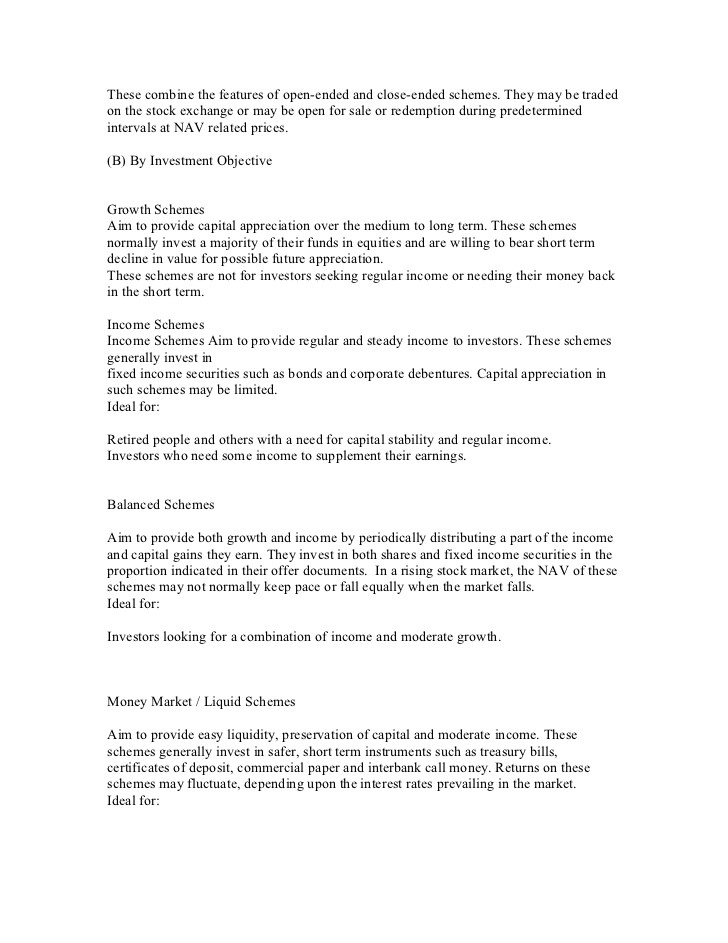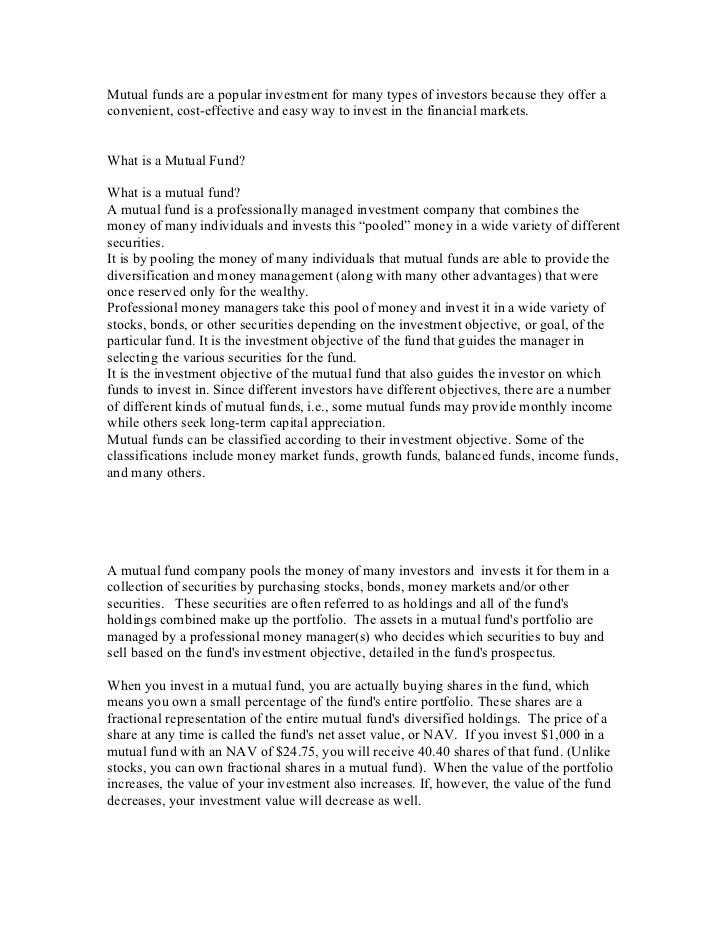The Cost Of Convenience Mutual Funds V Stocks
Post on: 12 Октябрь, 2015 No Comment

Mutual funds or individual stocks? How does an investor choose and what are the costs associated with both?
Total mutual fund investment is estimated at around $25 trillion. The primary reason for the popularity of these products is simplicity. These instruments offer very easy access to a previously implemented investment strategy. But this simplicity comes at a cost in the form of fees, stale positions and inefficiencies.
The expense ratio is the most common way of evaluating the cost of owning a mutual fund. The expense ratio measures marketing costs, distribution costs and management fees as a percentage of assets under management. On average this fee runs just under 1%. This fee is of course avoided completely by selecting individual stocks as there is no need to market your portfolio and it is unlikely that you’ll be paying yourself a management fee.
Many funds lack the tax efficiency that can be managed easily with a portfolio of individual stocks. In fact, for mutual funds held outside of a tax-deferred account, investors could be footing the capital gains tax bill for gain they didn’t even benefit from. If the fund you bought last week has just decided to exit the position in Apple (NASDAQ:AAPL ) it’s held since 1985, you’ll be helping to pay the capital gains on the sale. By managing your own portfolio the only taxes you’ll need to pay are your own. Positions that have appreciated can be held to ensure gains at the long-term rate. Losses can be managed as need to offset gains.
In addition to the lack of tax efficiency, most mutual funds are simply offering an opportunity to buy into a group of stale positions. Ideally an investor committing money to the stock market would purchase only the stocks that offer the best investment opportunity at the time, based on valuation, technicals, yield, etc. With the purchase of a mutual fund the investor gains exposure to some positions the fund manager is attempting to exit, and many more positions that are no longer optimal. Why would you pay to own a portfolio where many of the stocks are no longer optimal?
Often overlooked in the analysis of a mutual fund is the hidden drain of commissions. While trading costs are not reported individually, investors can get a good sense of how much their fund manager is spending based on the turnover rate. More active funds can have a turnover rate of over 500% and trading costs of nearly 1% of assets. Costs resulting from illiquidity and wide bid-ask spreads are impossible to measure directly but can be another hidden drain on your investment. Investors that build their own portfolio of individual stocks can control their turnover, minimize cost and avoid liquidity issues.
Finally and perhaps most importantly, is the issue of liquidity faced by all mutual fund managers. Each mutual fund has its own criteria for eligible investments, while these criteria will vary from fund to fund; each addresses this issue of liquidity. For the average investor this means that regardless of how much a particular company might be growing or how undervalued a stock might be, if it doesn’t meet average daily volume criteria, the stock is off limits to the fund. Even in the event a fund manager is allowed to invest in a relatively illiquid security, it’s unlikely a meaningful position could be acquired without substantially moving the market. These stocks present opportunities for investors willing to forgo the convenience of mutual funds and take ownership of their portfolio. Examples include:
Cubic Corp. (NYSE:CUB ) — With three distinct segments, Cubic Corp offers exposure to the defense, transportation and manufacturing sectors. Trading at under 15 times earnings, with minimal debt and the cash flows to support continued dividend increases, CUB looks like a steal. However, an average daily volume of around 100,000 shares just isn’t sufficient for many mutual funds.

Koss Corporation (NASDAQ:KOSS ) — The extreme example of illiquidity is Koss. With a very attractive 4.5% dividend yield, consistent earnings and a P/E ratio hovering around 10x, investors should consider entering a bid near the $5 level. With an average daily volume under 2,000 shares acquiring a position will not be quick, but patience is likely to be rewarded with income and capital gains.
HEICO Corporation (NYSE:HEI ) — This aerospace support and electronic technologies company appears to be hitting its stride after a breakout 2011. Since guiding higher in late May the company has seen increased trading volume but still posts an ADV of just over 100,000. Sure to be on the radar of institutional investors everywhere, HEI offers individuals a rare opportunity to get involved before the rest of Wall St.
For individual investors that do decide to skip the fees and inefficiencies of mutual funds there will always be the issue of building and maintaining a portfolio. My suggestion is to utilize point-in-time stocks screeners which offer a unique way of testing your assumptions and hypothesis before you put money to work. Better yet, comprehensive backtesting software can guide you in developing an investment strategy that fits your unique risk/return profile.
There’s no free lunch. Nowhere is that more true than the world of investing. While the ease and simplicity of mutual funds can be appealing, it comes at a hefty price. Investors that take the time to evaluate the true cost of owning funds can’t help but reevaluate their portfolio, especially when building a customized portfolio can be so simple.
Disclosure: I have no positions in any stocks mentioned, and no plans to initiate any positions within the next 72 hours.














